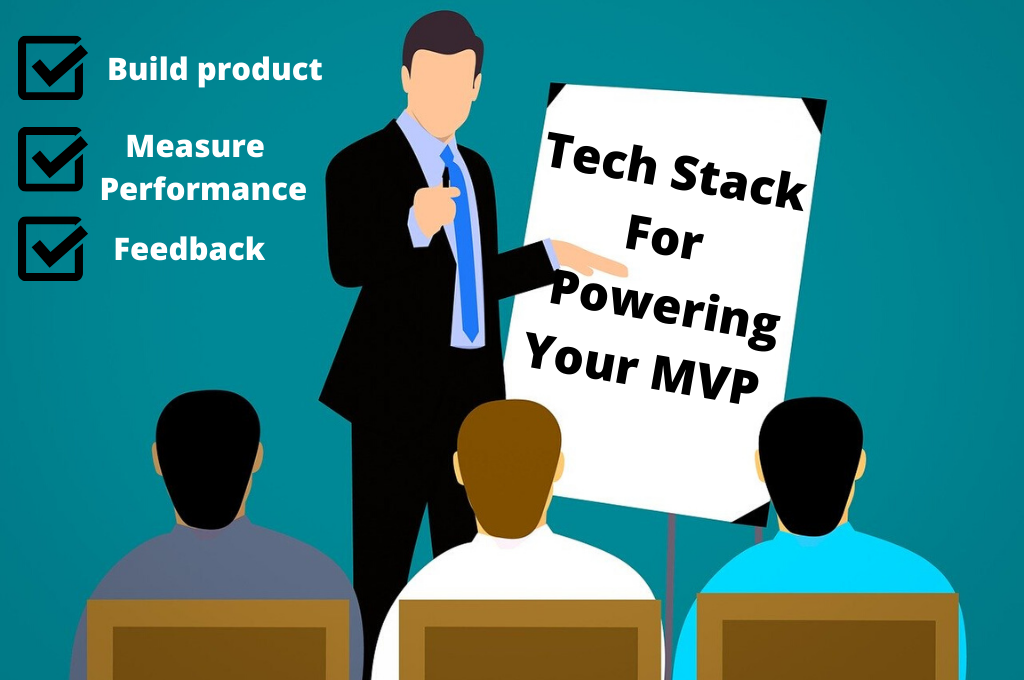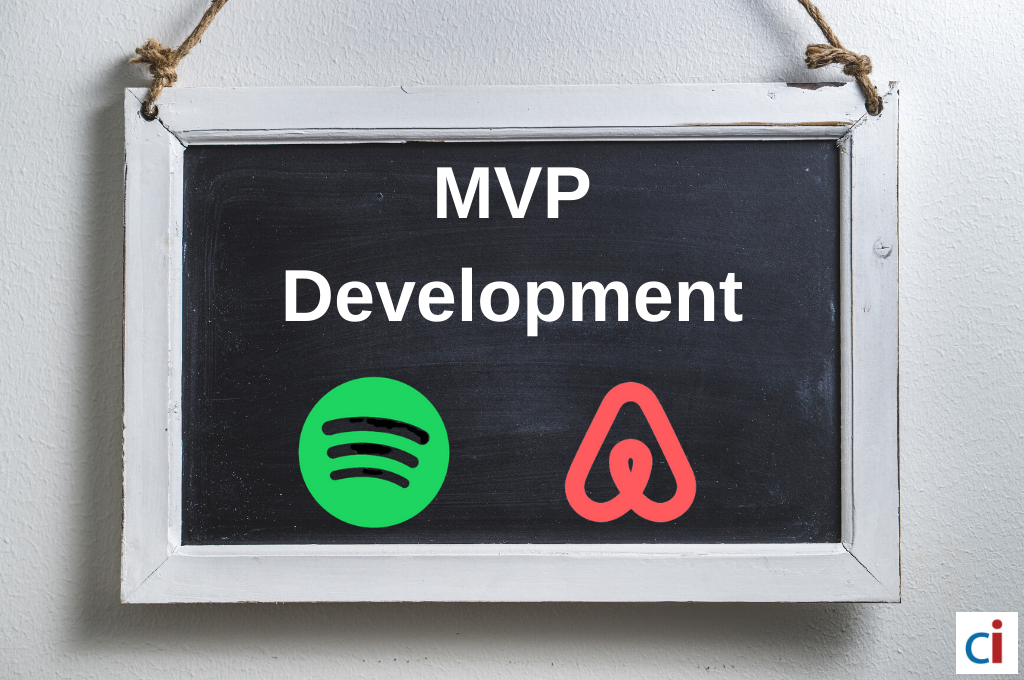The most crucial thing you should consider while processing a top-notch software product is the heap of technologies you are going to work with. Isn’t it? The high-end technologies act as a catalyst in the development of the niche product and the services it provides as an outcome to its target audience.
If we talk about the technically sound people like CTOs, technology experts, technical co-founders, etc., they don’t find hurdles in cracking the technologies required for developing software, but when it comes to non-tech humans the situation is a bitter one.
Read also: Top 8 web development trends to watch out in 2020
The most vital questions often put up by the non-techies in concern to tech stack are:
-
What are the programming language should we proceed with? Whether to go for Python or pick Java as the programming language?
-
What is most appropriate when going for the web framework: Node.js or Flask?
-
What database to opt for the reliable and secure storage of mass databases: MySQL or MongoDB?
-
At what platform the application should be hosted? What choice should be made between Amazon AWS, Microsoft Azure, or Google Cloud?
Choosing the appropriate tech stack is quite a challenging task for both techies and non-techies in every aspect. Your business needs technology stacks that deliver you high-end services and at the same time boosts your ROI and enhances growth.
In a web development company, the right tech stack acts as a key to your software success.
Are you having an idea for an app in your freaking mind right now? But, you don’t know what the next step should be?
Be patient. We are there for you to provide a better understanding of the tech development stack for your web application.
So, without wasting must time, let’s get started with the basics first:
What is Tech Stack?
A tech stack is a perfect blend of software products and programming languages that are utilized to develop a web or mobile application. It is a pool of tools and frameworks used in software development.
Putting straight, a technology stack is a mix of hardware and software tools along with unique frameworks to deliver and maintain an efficacious app or product. Applications have two software components: client-side and server-side, commonly known as front-end and back-end.
Front-end:
Front end or client-side technologies permit users to see and interact with the program directly with no intervention. Here, the main aim is to deliver convenience to the user while accessing the user interface, and clear internal structures. It normalizes complex systems into discrete ones to make user interactions simpler.
Back-end:
The latter is all about the internal working of an application utilizing all tools and technologies. The subsystems were developed to perform logic, interact with databases, coordinate with web services, and provide product development services to the end-users.
The back-end or server-side programming is performed thoroughly by the developers specialized in various technologies, delivering a top-notch software product.
So, let’s suppose if you got an idea for developing a new product and you decide to build an MVP (Minimum viable product).
What next you are looking for?
You start thinking of the tools, technologies, frameworks, and the best tech stack to work on.
You will surely find the answer to these questions in the below article.
The definition of an MVP
Did you ever hear about the fact that nearly 70% of startups and businesses fail?
Can you believe it? It’s true.
There are certain reasons behind this from poor marketing to a product without a business model and many more.
Read Also: Developing a Successful MVP: Useful tips for non-techie founders
MVP or Minimum viable Product
MVP or minimum viable product is a Lean Startup Methodology based on build, measure and learn principle. According to this principle, a minimum viable product has been developed to be launched in the market to measure the customer’s response and behavior.
The customers feedback are then used to develop the final product which ultimately leads to less chance of failures. This idea also saves the huge costs and time incurred in the actual web development.
After learning the market, you have 2 options i.e. pivot and persevere. If your key assumptions receive positive feedback from the market, then you should continue with your idea to make the product even better. On the other hand, if you receive negative feedback from your customers, then you should pivot and modify your idea or target audience.
I think you have understood the concept clearly. If not, let’s see a case study that will help you to clear your mind.
You must have heard about “The Instagram”….yes, a social media platform which is quite popular nowadays.
Are you interested in knowing the real idea implemented behind this app and by whom?
Let’s see.
The Instagram app was originated in San Francisco by the two masterminds Kevin Systrom and Mike Krieger.
Kevin created a check-in app called Burbn, which permits users to check-in where they are currently on their mobile web app.
Kevin analyzed that among all the features of the app, people are only loving the photo element in the app. Kevin knew that this app will not be going to succeed soon. So both the founders decided to pivot their product and focus solely on communication via images.
They remove all the features and focus primarily on the photos, commenting and liking elements in the app. The app was renamed Instagram which is quite popular among youth these days.
So, to deliver the best MVP development services to the customers, the startups should first build up a minimum viable product with the right tech stack and less cost.
Read also: Why startups need MVP for mobile app development: A roadmap to success
Tech stack that empowers your MVP
I have worked with many startups and witnessed their ups and downs in the market for over a decade. Helping startups to develop their MVPs with the right tech stack is quite a challenging task. Choosing the relevant programming language and frameworks for an MVP brings up its advantages & disadvantages.
Here, comes the right tech stack for your MVP:
Ruby on Rails
When it comes to technology startups, Ruby on Rails frameworks is quite popular. It empowers millions of startup applications, and this technology is perfectly suited for developing MVPs. The Ruby developers can utilize tons of open-source gems to speed up development.
Programming language Characteristics: Ruby is a general-purpose programming language that can build all kinds of applications and is known for its object-oriented nature. The language has a developer-friendly syntax that simplifies coding and significantly speeds the development process.
Domain: The Ruby language based on Ruby on Rails framework enables Ruby developers to deliver secure and functional web applications faster. Some successful software platforms built on Ruby on Rails are Airbnb, Shopify, and GitHub.
For Startups: Ruby gems are not only compatible with the Ruby on Rails but also with other Ruby Frameworks. You can still use the same gems to build your MVP despite having different Ruby Frameworks.
Bottom line: If planning to develop a functional and secure web application in a very short period, then surely Ruby on Rails is the right choice.
Python / Django
It’s time to take a brief look at the Python programming language and its Django framework.
Programming language Characteristics: Python is an interpreted language with dynamic typing just like Ruby. It emphasizes code readability. Python can be used to implement both small and large-scale applications. When it comes to run time performance, it performs a bit slow, but this issue doesn’t make any difference for startup applications.
Domain: Python is the best known general-purpose programming language that built applications in the sphere of machine learning and artificial intelligence. The Python programming language acts as a dominant tool for implementing machine learning algorithms, Chatbots, image recognition software and many more. The blend of Python and its Django framework contributes a lot to successful applications such as the popular social network platform Instagram and the data repository Bitbucket.
For Startups: According to the latest statistics by GitHub, Python ranks third by the number of repositories. Django has more than 1,500 contributors on GitHub. Django follows the model-view-template(MVT) architectural pattern to encourage the rapid development of secure and scalable web applications. For building MVPs, startups have great choices available.
Bottom Line: With Django, you can use the complete functionality and power of the Python programming language for your MVP. If your application is based out of machine learning algorithms, then Django and Python is the best choice.
PHP / Laravel
PHP/Laravel is one of the best programming languages that help develop an MVP most efficiently. MVP can be implemented using PHP and its multiple frameworks.
Programming language Characteristics: PHP is a well known interpreted and dynamically typed general-purpose programming language that’s perfectly suited for web development applications and can be embedded in HTML.
Domain: PHP is a popular programming language that built sound websites on powerful content management systems such as WordPress and Joomla. PHP is considered a great choice for developing versatile web applications, from small landing pages to online stores and social media platforms like Facebook.
Laravel is an open-source PHP framework built using components of Symphony 2. It was designed to extend and explore the functionalities of existing PHP frameworks and enhance rapid application development.
Read also: Symphony 5 in 5 minutes! Check out the latest version
For Startups: The framework enriched with tools, packages to help programmers build fully operational web applications, microservices, and APIs. Many open-source PHP libraries help developers to speed their development process.
Bottom Line: PHP proves to be the most suitable technology for your project if you want to eliminate the problem of hiring developers. The powerful Laravel Framework smoothly builds a fully functional web application.
Node.js / Meteor
Node.js is one of the powerful frameworks that implement JavaScript and built real-time web applications.
Programming language Characteristics: Node.js is based on Google’s V8 JavaScript engine that allows programmers to use JavaScript both on the client-side and server-side. The applications built with Node.js ensure high-performance and are scalable.
Domain: Node.js is a great choice for building real-time web applications such as messaging apps, online games, live chats, etc. Meteor is an open-source full-stack framework tailoring functionalities like rapid prototyping. Startups like Rocket Chat and Tap To Speak choose Meteor to build high-performance applications.
For Startups: The framework provides programmers out-of-the-box solutions available through the Node.js package. Minimize the amount to code developers by using a rich JavaScript stack. Here, the developers are permitted to build cross-platform applications.
Bottom Line: If you are planning to build a real-time messaging or streaming web application, Node.js is the best choice to opt for. It enables you to write cross-platform code with high speed.
Read also: Top 10 JavaScript frameworks in 2020 for front-end development
The entire above are just the splash of the technologies used to develop applications. There is a pool of programming languages and frameworks available; you can select any of them to fulfil the requirements of your project. As you can see MVP needs just basic functionality and the right development process to turn it into a market-ready web application in no time.
Wrapping Up
In the end, I can say is that all the programming languages and frameworks have their own strong and weak points. It is all our capability to choose the right set of technology that can build your startup business a profitable one. Be mindful of what tools and technologies, you require to make the product that satisfies customer needs.






















